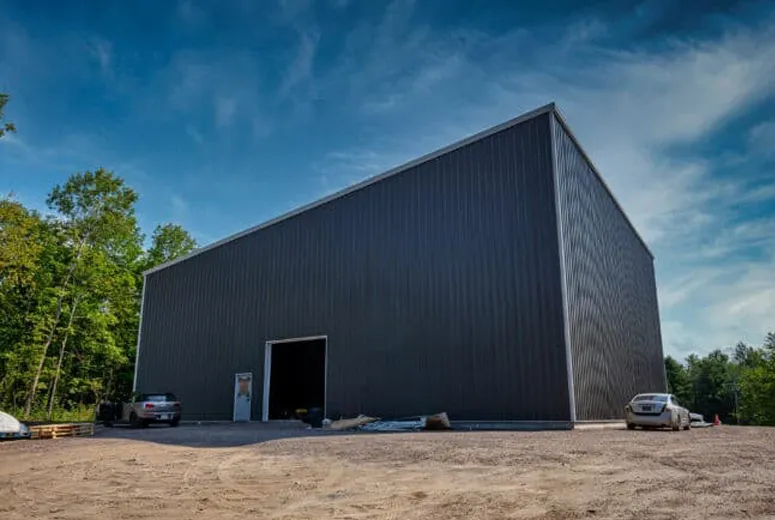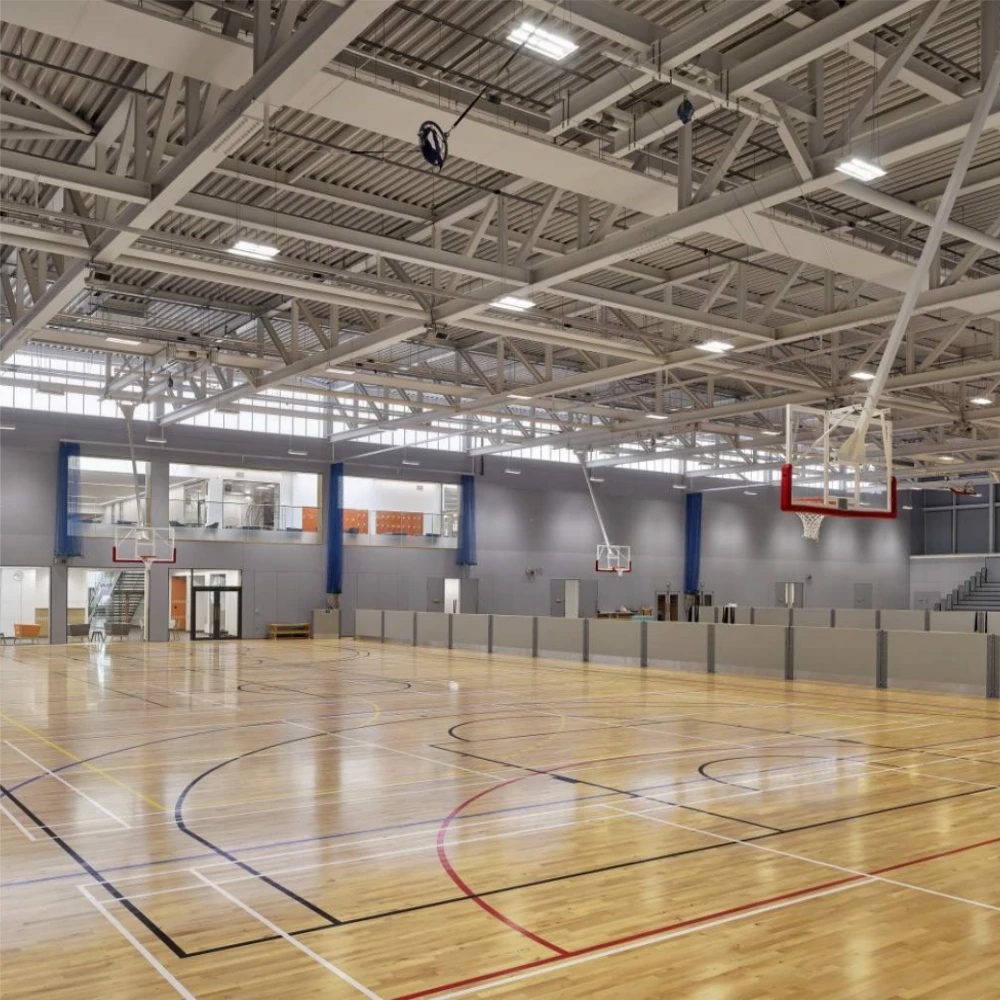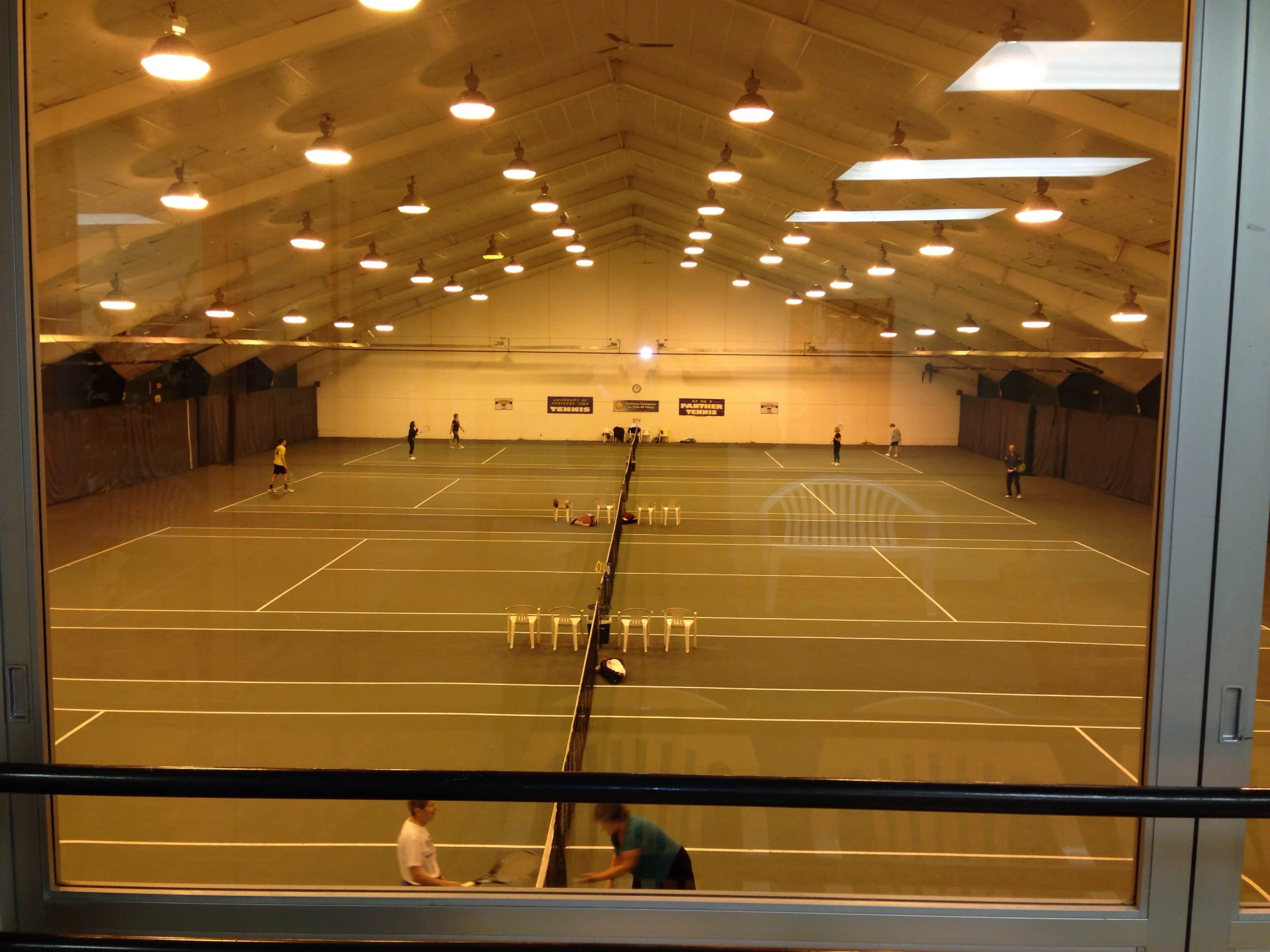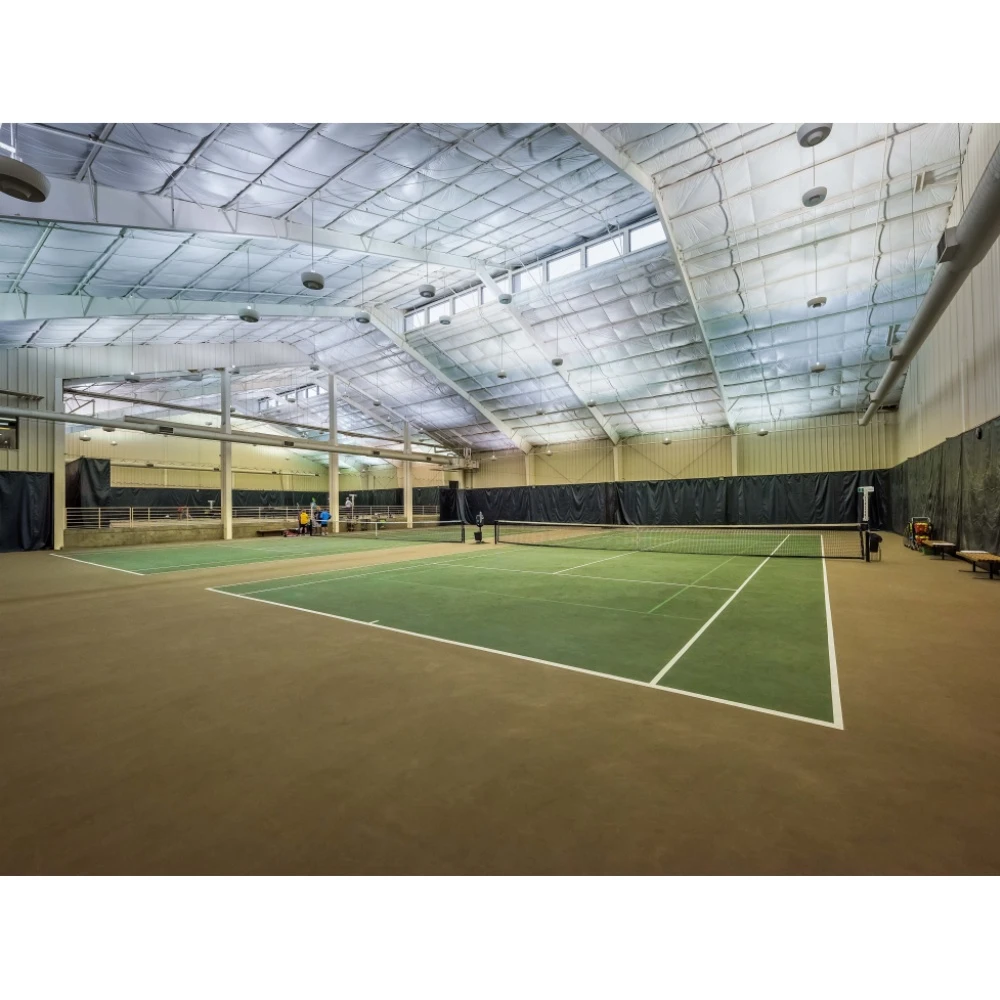- Afrikaans
- Albanian
- Amharic
- Arabic
- Armenian
- Azerbaijani
- Basque
- Belarusian
- Bengali
- Bosnian
- Bulgarian
- Catalan
- Cebuano
- Corsican
- Croatian
- Czech
- Danish
- Dutch
- English
- Esperanto
- Estonian
- Finnish
- French
- Frisian
- Galician
- Georgian
- German
- Greek
- Gujarati
- Haitian Creole
- hausa
- hawaiian
- Hebrew
- Hindi
- Miao
- Hungarian
- Icelandic
- igbo
- Indonesian
- irish
- Italian
- Japanese
- Javanese
- Kannada
- kazakh
- Khmer
- Rwandese
- Korean
- Kurdish
- Kyrgyz
- Lao
- Latin
- Latvian
- Lithuanian
- Luxembourgish
- Macedonian
- Malgashi
- Malay
- Malayalam
- Maltese
- Maori
- Marathi
- Mongolian
- Myanmar
- Nepali
- Norwegian
- Norwegian
- Occitan
- Pashto
- Persian
- Polish
- Portuguese
- Punjabi
- Romanian
- Russian
- Samoan
- Scottish Gaelic
- Serbian
- Sesotho
- Shona
- Sindhi
- Sinhala
- Slovak
- Slovenian
- Somali
- Spanish
- Sundanese
- Swahili
- Swedish
- Tagalog
- Tajik
- Tamil
- Tatar
- Telugu
- Thai
- Turkish
- Turkmen
- Ukrainian
- Urdu
- Uighur
- Uzbek
- Vietnamese
- Welsh
- Bantu
- Yiddish
- Yoruba
- Zulu
Oct . 15, 2024 08:34 Back to list
The Rise of Prefabricated Agricultural Buildings
In recent years, the agricultural sector has seen significant advancements in construction techniques, with prefabricated buildings emerging as a popular choice among farmers and agribusinesses. Prefabricated agricultural buildings offer a range of benefits, from cost-effectiveness to improved efficiency, making them an appealing option for modern farming needs.
Understanding Prefabricated Buildings
Prefabricated buildings, often referred to as prefabs, are structures that are manufactured off-site in a factory setting. These buildings are constructed in sections or modules, which are then transported to the final location for assembly. This method contrasts with traditional construction, where buildings are built entirely on-site from the ground up. The prefabrication process allows for greater control over quality and materials, which can lead to enhanced durability and sustainability.
Benefits for Agriculture
1. Cost Efficiency One of the most significant advantages of prefabricated agricultural buildings is the cost savings associated with their construction. The factory-based construction process typically reduces labor costs and construction time, allowing farmers to invest their resources in other critical areas of their operations. Additionally, prefabricated structures can be designed to require less maintenance over time, further enhancing their cost-effectiveness.
2. Speed of Construction Time is of the essence in agriculture. Whether it’s a new barn for livestock, a greenhouse for crops, or a storage facility for equipment, farmers often need structures completed within tight timelines. Prefabricated buildings can be erected much faster than traditional structures, allowing farmers to meet their operational needs promptly and efficiently.
prefabricated agricultural buildings

3. Customization Options Prefabricated agricultural buildings offer a high degree of customization. Farmers can choose designs and materials that suit their specific requirements, such as livestock housing, crop storage, or machinery sheds. Moreover, modern technology enables the incorporation of advanced features, such as energy-efficient designs, ventilation systems, and insulation, tailored to the region's climate and the farmer's particular needs.
4. Sustainability As the agricultural industry becomes more attuned to environmental concerns, prefabricated buildings offer opportunities for sustainable practices. Many manufacturers focus on using eco-friendly materials and energy-efficient designs. This aligns with the global push for sustainability in agriculture, making prefabricated buildings a responsible choice for the environment.
5. Flexibility and Scalability The needs of a farm can change over time due to various factors such as market demands, expansion plans, or shifts in agricultural practices. Prefabricated buildings provide the flexibility and scalability necessary to adapt to these changes. Farmers can easily expand their facilities by adding modules or altering configurations to fit new purposes.
Challenges to Consider
Despite their many benefits, prefabricated agricultural buildings are not without challenges. Some farmers may have concerns about the initial investment and how it compares to traditional building methods. Additionally, while prefabricated buildings can be designed for various purposes, ensuring that the chosen structure meets local zoning and agricultural regulations is crucial.
Conclusion
In conclusion, prefabricated agricultural buildings represent a transformative approach to farm construction, providing a blend of cost savings, speed, customization, sustainability, and flexibility. As the agricultural industry continues to evolve, embracing innovative building techniques like prefabrication will be essential for staying competitive and meeting the demands of modern agriculture. As farmers look towards the future, prefabricated structures could prove to be a valuable investment, addressing both current needs and future growth. With ongoing advancements in technology and design, the potential for prefabricated agricultural buildings is indeed promising, paving the way for smarter, more efficient farming practices.
-
How Do Prefabricated Steel Structures Transform Modern Construction?
NewsJul.14,2025
-
How Do Prefabricated Metal Buildings Redefine Modern Construction?
NewsJul.14,2025
-
How Do Prefab Insulated Metal Buildings and Steel Structures Revolutionize Modern Construction?
NewsJul.14,2025
-
How Do Pre - Engineered Steel Structures Redefine Modern Construction?
NewsJul.14,2025
-
Advancing Modular Construction with Prefabricated Metal Structures
NewsJul.14,2025
-
Advancing Industrial Infrastructure with Prefabricated Steel Solutions
NewsJul.14,2025
Products categories
Our Latest News
We have a professional design team and an excellent production and construction team.












